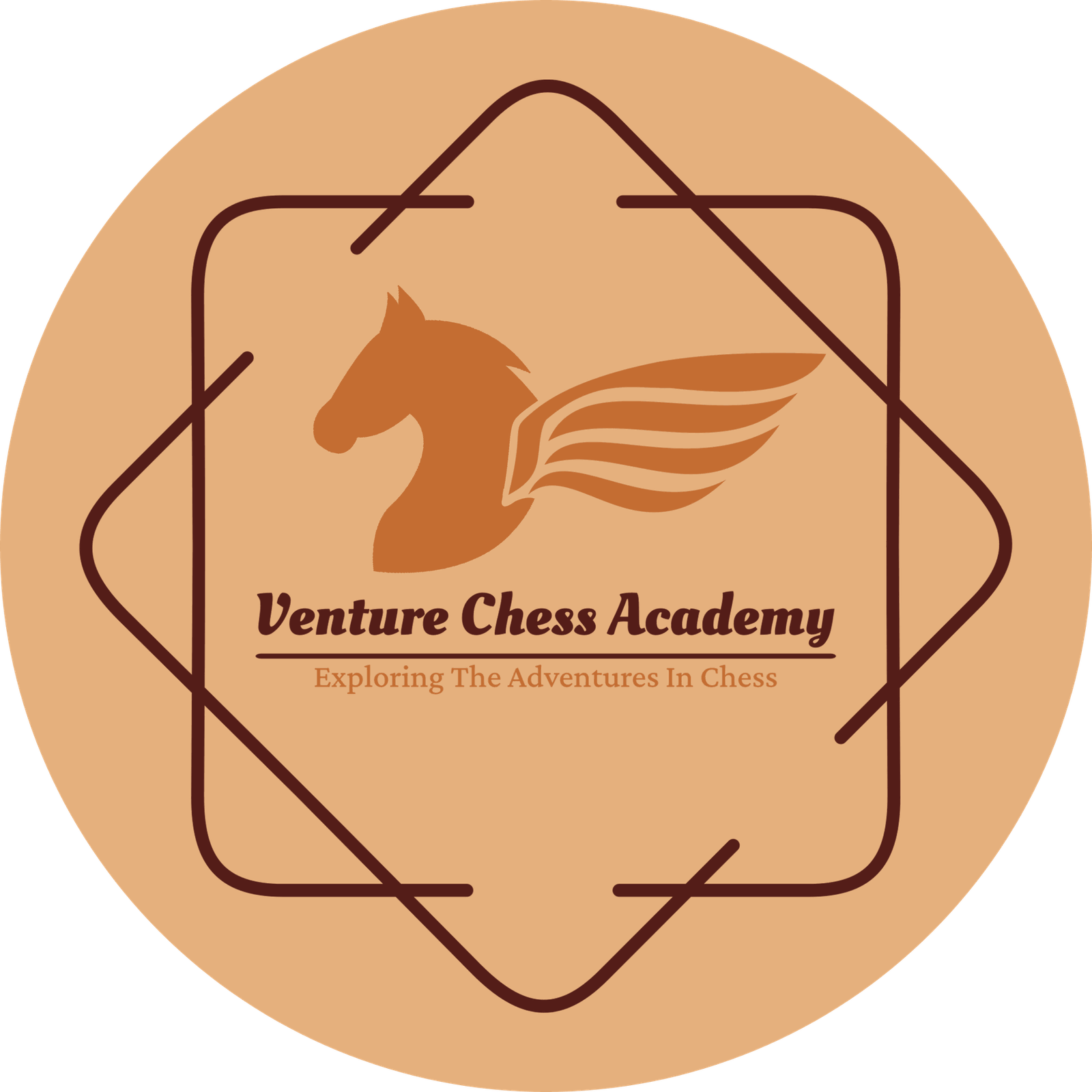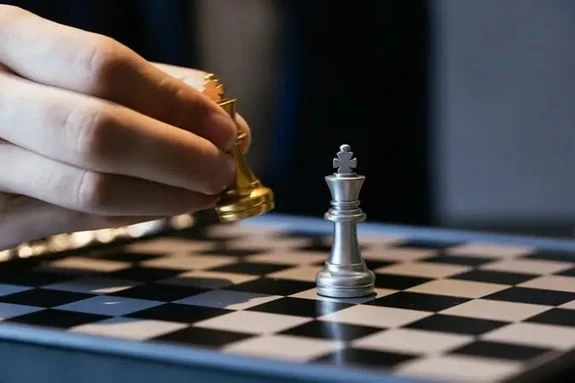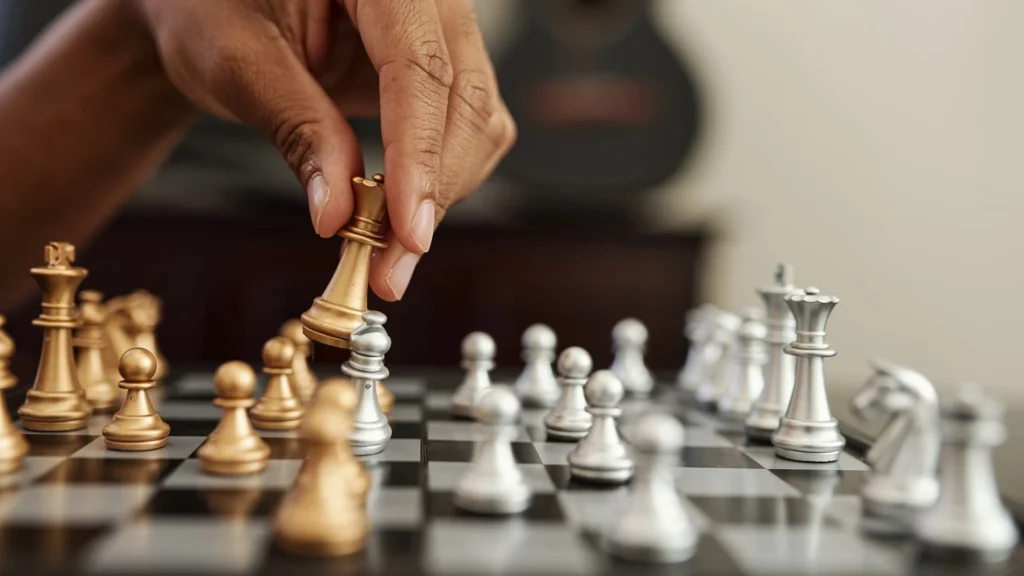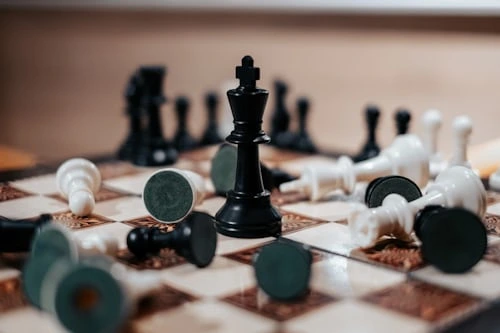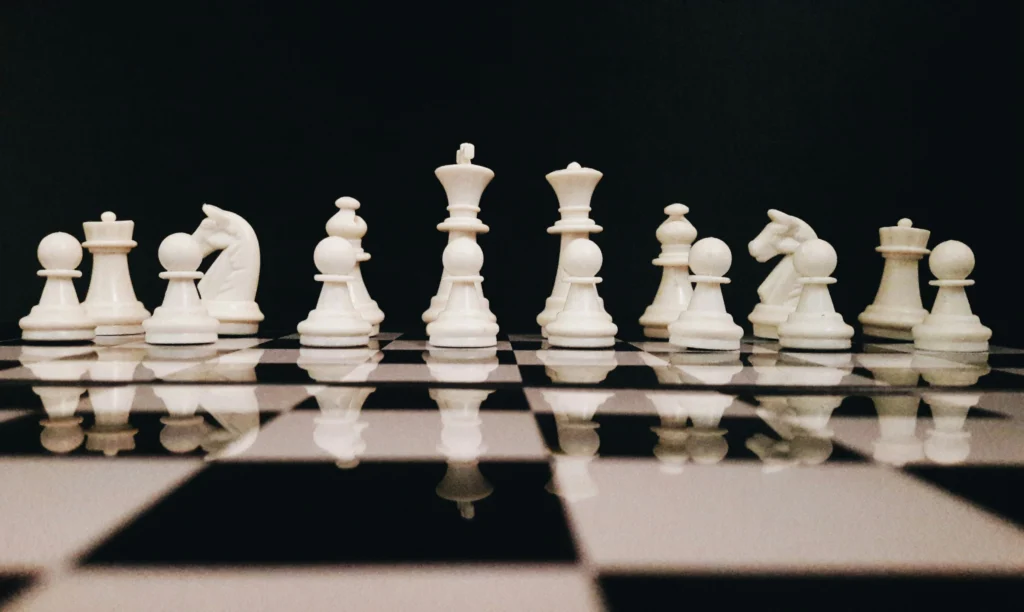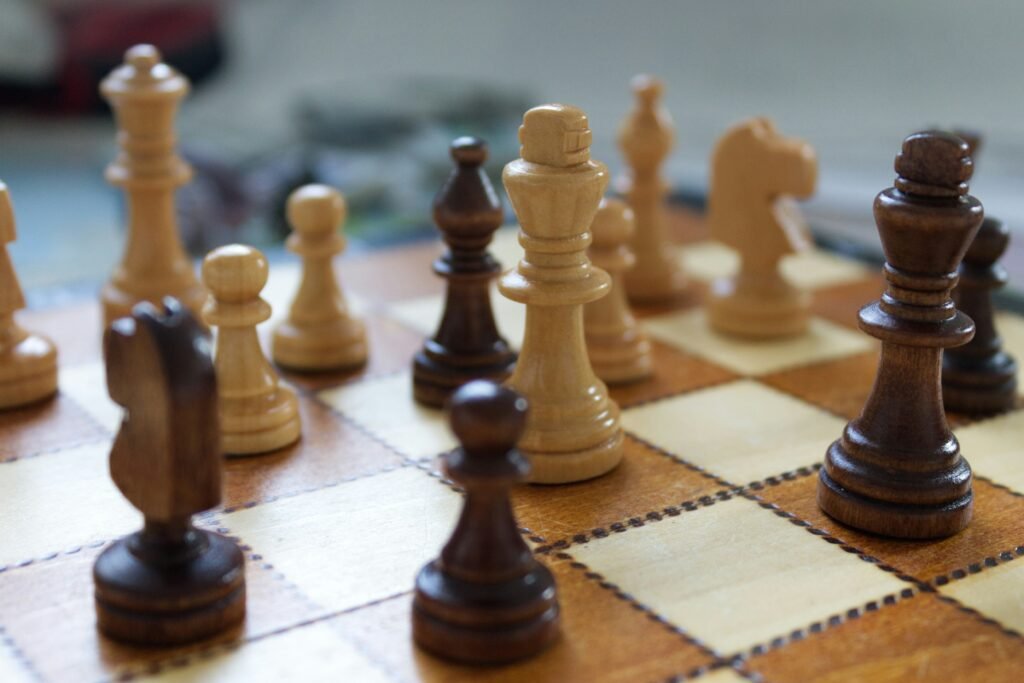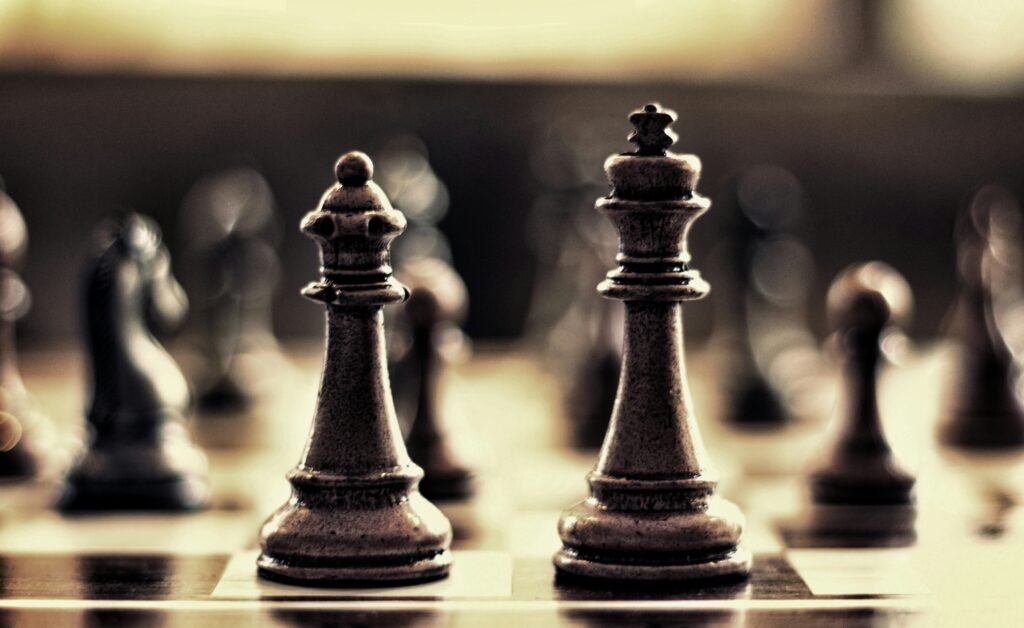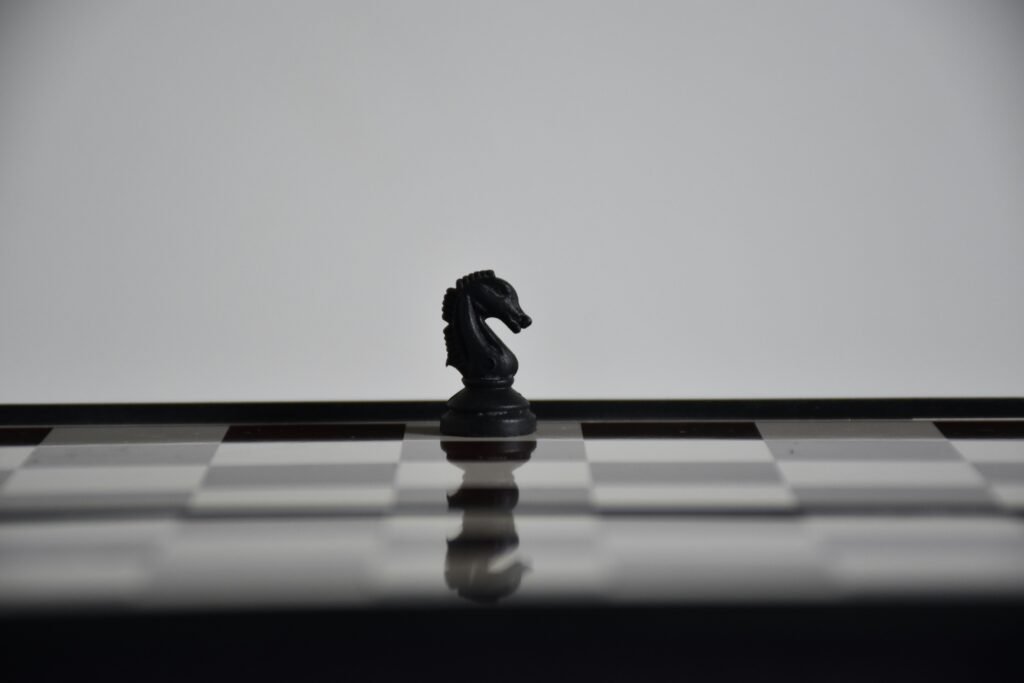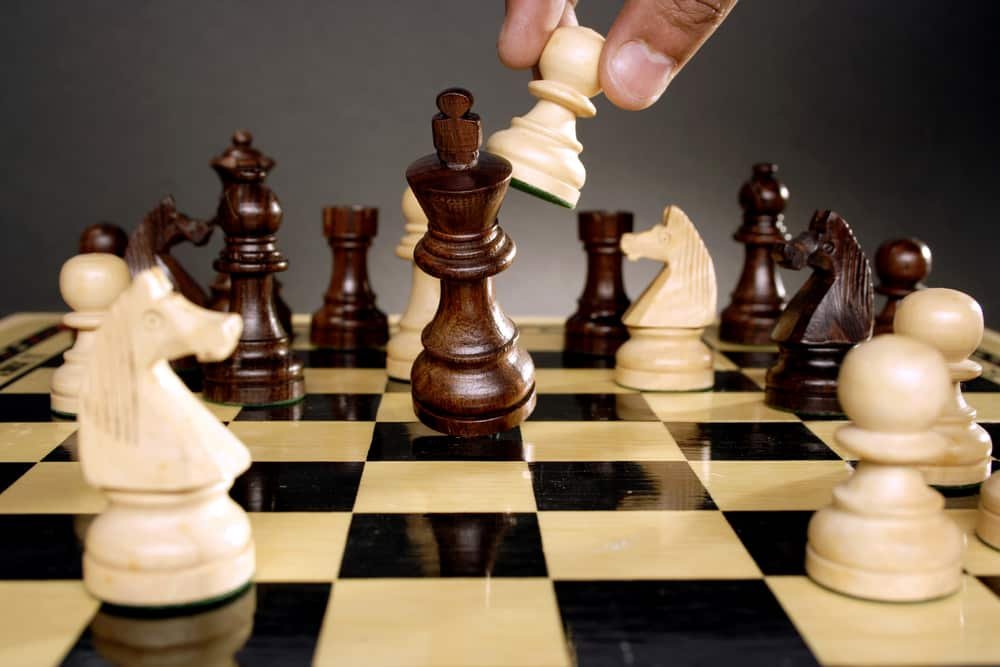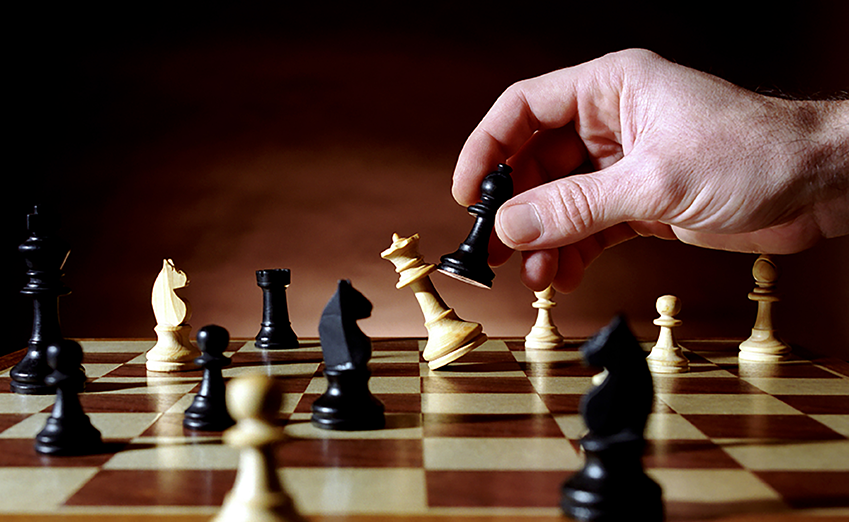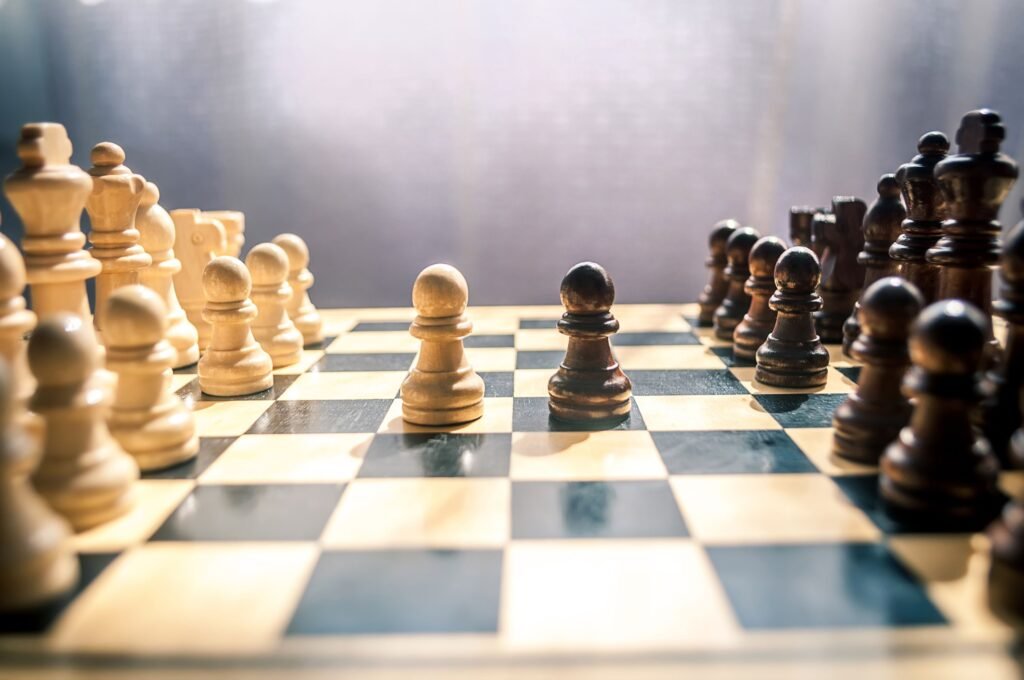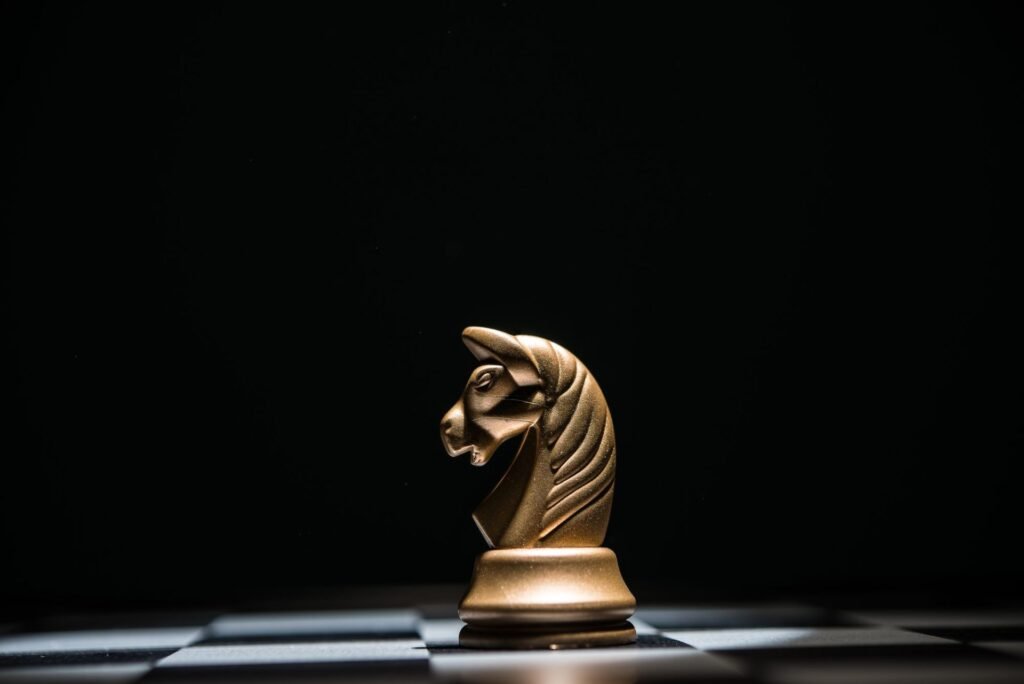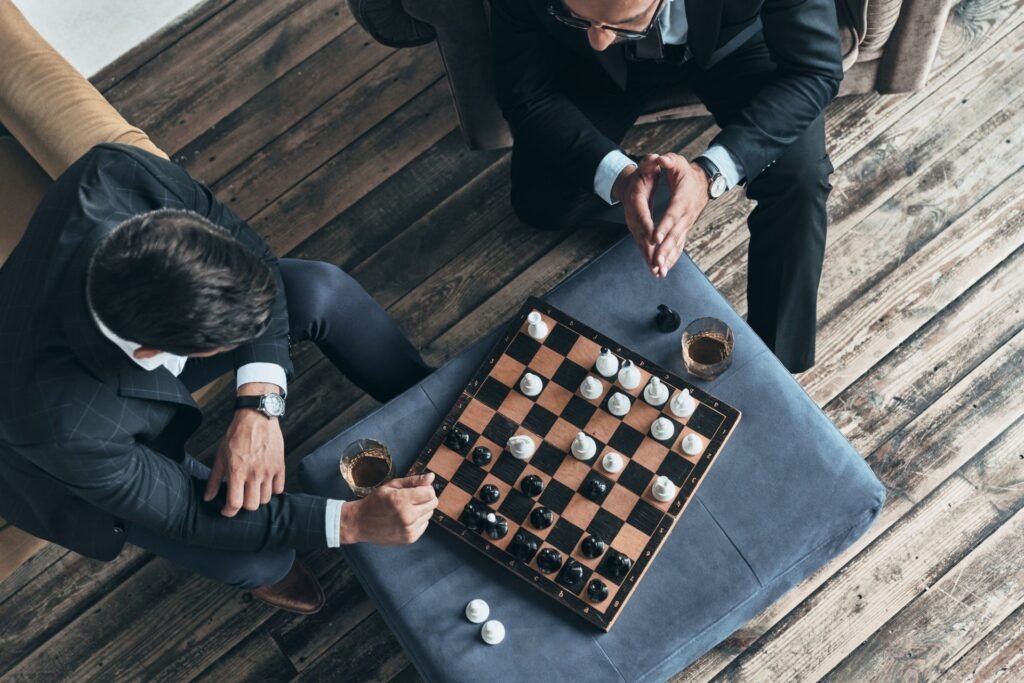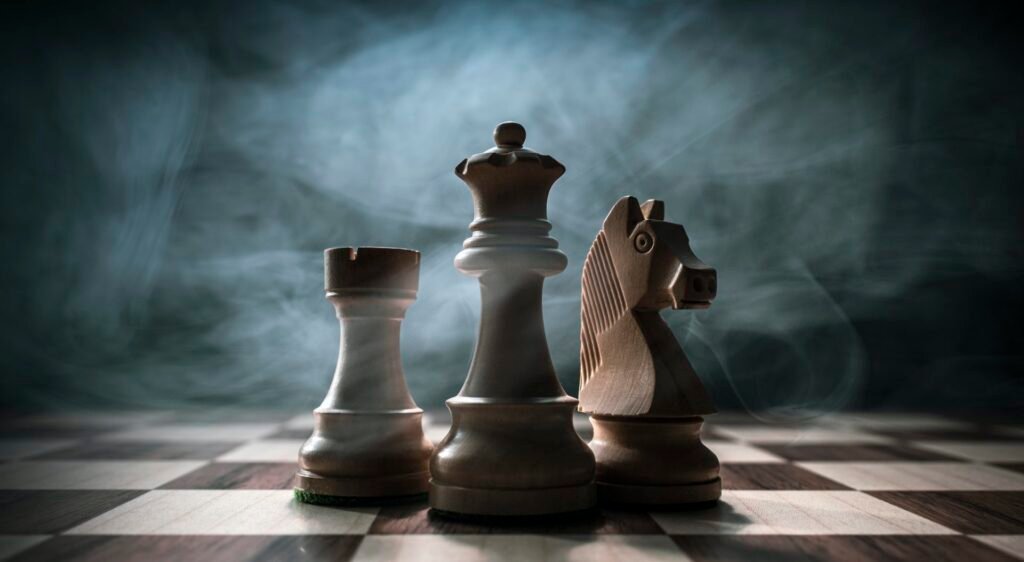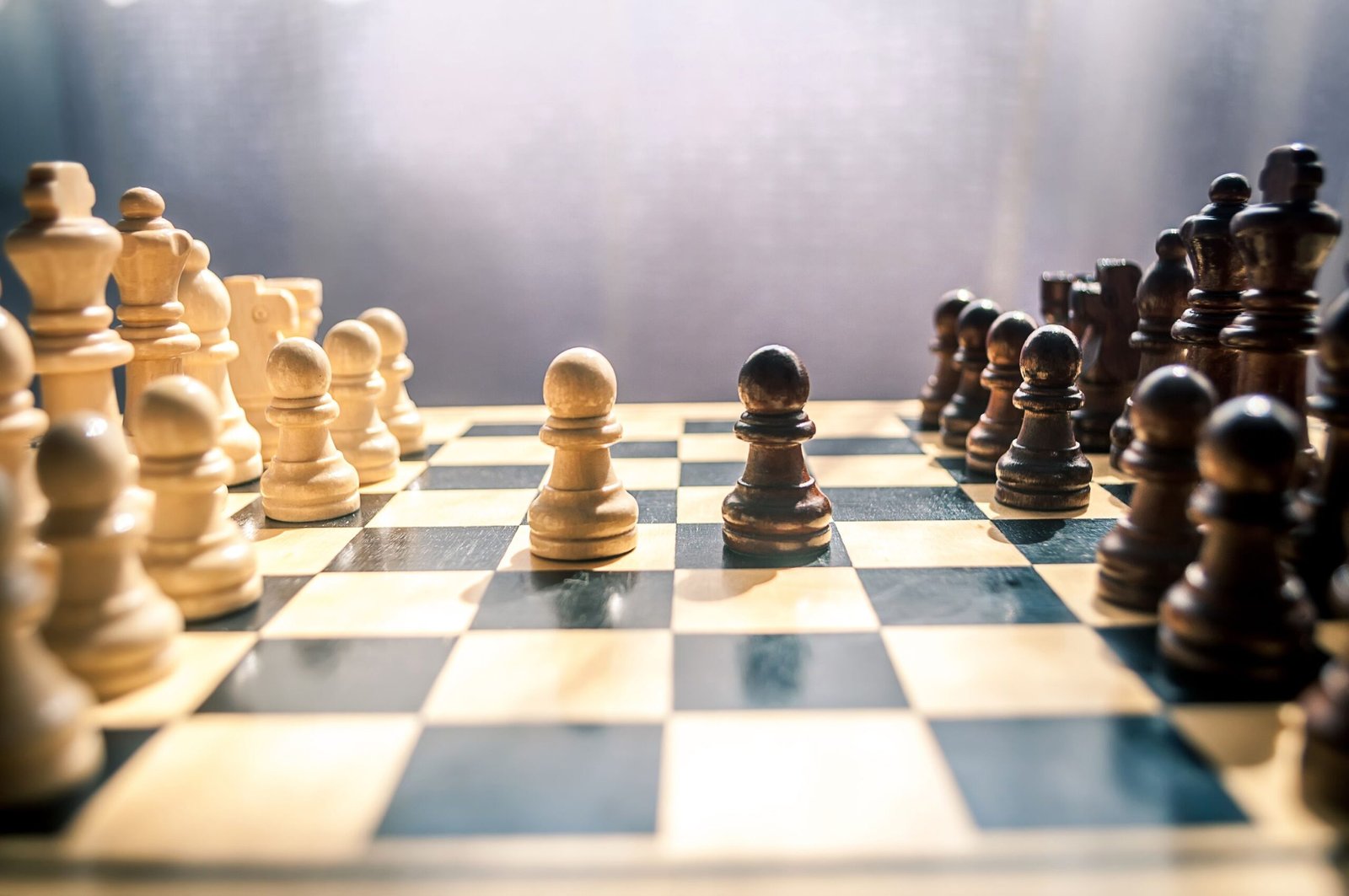
Chess is a timeless game of strategy, patience, and mental sharpness. But as the game evolved, so did its formats. Today, chess players can choose from bullet chess, blitz chess, rapid chess, and classic chess each with unique time controls, advantages, and challenges. Among these, Rapid Chess vs Classic Chess is one of the most debated topics among both beginners and professionals.
So, what is the difference between rapid and classical chess? Which format is best for beginners, and why do professional players still prefer classic chess over rapid? Let’s explore in detail.
What is Classic Chess?
Classic Chess is the traditional format of the game, often played over long time controls. According to FIDE rules for classic chess, each player usually has 90 minutes to 120 minutes, sometimes with additional increments per move.
- Classic Chess time: Typically ranges from 90+30 to 120+30 (minutes + seconds increment).
- The goal: Deep calculation, positional mastery, and long-term planning.
- Importance: It has been the official format for World Chess Championships and professional tournaments.
Why professional players still prefer classic chess over rapid is simple: the longer time control allows them to showcase their skills fully, avoid blunders, and play with precision.
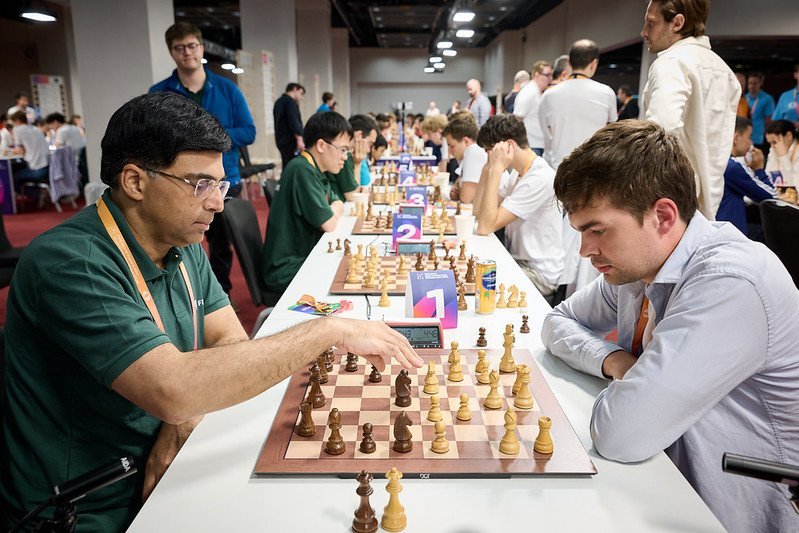
What is Rapid Chess?
Rapid Chess, often called fast chess or speed chess, is a faster-paced version where each player usually has 10 to 60 minutes for the entire game.
- Rapid chess time control minutes: Most commonly 15+10, 25+10, or 30+0.
- Rapid Chess rules: Same as classic, but with less time.
- Popularity: Rapid is considered more exciting for online audiences and is widely used in Rapid Chess for practice.
Rapid chess training tips often focus on improving intuition, playing faster calculations, and handling time pressure effectively
Bullet Chess, Blitz Chess, and Rapid: Where They Fit
Before diving deeper into Rapid vs Classic, let’s compare other formats:
- Bullet Chess – Games with less than 3 minutes per player.
- Extremely fast-paced.
- Popular on online platforms for bullet chess like Lichess and Chess.com.
- Great for fun, but not ideal for beginners.
- Blitz Chess – Typically 3 to 5 minutes per player.
- A balance between speed and strategy.
- Popular in online tournaments.
- Rapid Chess – 10 to 60 minutes per player.
- Best middle ground between blitz and classic.
- Often called fast chess or speed chess.
- Classic Chess – 90 minutes or more per player.
Deep calculations, tournament standard.
Rapid Chess vs Classic Chess: The Key Differences
1. Time Control
- Classic Chess time: 90–120 minutes.
- Rapid Chess time: 10–60 minutes.
This difference alone changes the entire approach and strategies players use.
2. Game Quality
- Classic Chess allows deep positional understanding.
- Rapid Chess often relies on intuition and quick decision-making.
3. Training & Practice
- Rapid chess training is best for sharpening tactical awareness and playing more games in less time.
- Classic chess training builds patience, calculation, and professional-level skills.
4. Mistakes & Blunders
- Rapid: More blunders due to time pressure.
- Classic: Fewer blunders but requires stamina.
5. Player Preference
- Beginners often wonder: Which is better for beginners, rapid or classic chess?
- Rapid: Good for practicing and learning quickly.
- Classic: Best for serious improvement.
Best Strategies for Rapid Chess vs Classic Chess
For Rapid Chess:
- Play simple but solid openings to save time.
- Rely on pattern recognition and quick tactics.
- Use rapid chess training tips like practice bullet games to improve speed, but balance with analysis.
For Classic Chess:
- Focus on deep opening preparation.
- Develop long-term strategies like pawn structures and positional play.
- Study historical games of grandmasters.
How Time Control Impacts Rapid vs Classic Chess
Time control doesn’t just affect the speed of play—it changes player psychology and performance.
- In Rapid Chess, players often avoid complicated positions to save time.
- In Classic Chess, players dive deeper into critical variations because time permits.
This is why how time control impacts Rapid vs Classic Chess is one of the most researched topics in chess training.
Should Beginners Play Rapid Chess or Classic Chess First?
Many coaches debate this. Let’s break it down:
- Rapid Chess for practice is excellent because beginners can play more games, experiment, and learn tactics faster.
- But Classic Chess for beginners ensures they learn proper calculation and avoid developing “bad habits” from rushing.
Answer: Beginners should ideally start with classic chess but mix in rapid chess for practical experience.
Best Training Methods for Rapid Chess vs Classic Chess
- For Rapid:
- Solve tactical puzzles under time pressure.
- Play short practice games daily.
- Review games to identify common blunders.
- For Classic:
- Study openings with books and databases.
- Analyze games in detail without time limits.
Play long practice sessions with peers or coaches.
How Rapid vs Classical Chess Affects Player Performance
Studies show that:
- Rapid chess improves intuition and adaptability.
- Classic chess builds discipline, patience, and stamina.
Professional players use a blend of both formats for overall improvement.
FAQs on Rapid vs Classic Chess
Rapid chess is played with 10–60 minutes per player, while classical chess has 90 minutes or more per player, allowing deeper calculation and strategic play.
Classic is better for learning fundamentals, while rapid helps with practicing faster decision-making. A balance of both is recommended.
Because classic chess reduces the impact of blunders, allows thorough calculation, and is considered the true test of skill in world championships.
Practice tactics under time pressure, play frequently, and analyze games afterward. Rapid chess training tips include focusing on simple openings and avoiding time trouble.
The time control, depth of play, and strategic focus. Rapid emphasizes speed and intuition, while classic focuses on calculation and endurance.
Start with classic chess to build fundamentals, then use rapid chess for practice to gain speed and tactical sharpness.
Also Read
- admin2
- Blog
- December 12, 2025
- Comments Off on French Defense
French Defense
- admin2
- Blog
- December 7, 2025
- Comments Off on Sicilian Defense
Sicilian Defense
- admin2
- Blog
- November 28, 2025
- Comments Off on Difference between Stalemate and Checkmate
Difference between Stalemate and Checkmate
- admin2
- Blog
- November 20, 2025
- Comments Off on Ruy Lopez Opening
Ruy Lopez Opening
- admin2
- Blog
- November 14, 2025
- Comments Off on Fool’s Mate
Fool’s Mate
- admin2
- Blog
- November 8, 2025
- Comments Off on Scholar mate
Scholar mate
- admin2
- Blog
- October 22, 2025
- Comments Off on What is a Stalemate ?
What is a Stalemate ?
- admin2
- Blog
- October 14, 2025
- Comments Off on Can a King Checkmate a King ?
Can a King Checkmate a King ?
- admin2
- Blog
- October 7, 2025
- Comments Off on Best Opening For Black
Best Opening For Black
- admin2
- Blog
- October 4, 2025
- Comments Off on How to checkmate with queen and king
How to checkmate with queen and king
- admin2
- Blog
- September 26, 2025
- Comments Off on Online Chess vs Board Chess
Online Chess vs Board Chess
- admin2
- Blog
- September 24, 2025
- Comments Off on How to Checkmate in 4 Moves
How to Checkmate in 4 Moves
- admin2
- Blog
- September 18, 2025
- Comments Off on Benefits of Playing Chess
Benefits of Playing Chess
- admin2
- Blog
- September 8, 2025
- Comments Off on Best Chess Coaching in india
Best Chess Coaching in india
- admin2
- Blog
- August 25, 2025
- Comments Off on Rapid chess vs blitz chess
Rapid chess vs blitz chess
- admin2
- Blog
- August 21, 2025
- Comments Off on Rapid Chess vs Classic Chess
Rapid Chess vs Classic Chess
- admin2
- Blog
- August 12, 2025
- Comments Off on 7 Brain Boosting Benefits Of Chess
7 Brain Boosting Benefits Of Chess
- admin2
- Blog
- August 4, 2025
- Comments Off on Top 10 Chess Openings for Beginners
Top 10 Chess Openings for Beginners
- admin2
- Blog
- July 11, 2025
- Comments Off on Top 10 Reasons Kids Should Learn Chess
Top 10 Reasons Kids Should Learn Chess
- admin2
- Blog
- July 10, 2025
- Comments Off on Inspirational Story Of Indian Chess Grandmaster Gukesh Dommaraju
Inspirational Story Of Indian Chess Grandmaster Gukesh Dommaraju
- admin2
- Blog, Chess Tips
- July 8, 2025
- Comments Off on 7 Brain Benefits Of Playing Chess
7 Brain Benefits Of Playing Chess
- admin2
- Blog, Our blog
- May 13, 2025
- Comments Off on
- admin2
- Blog
- May 7, 2025
- Comments Off on Patterns in Chess
Patterns in Chess
- admin2
- Blog
- May 7, 2025
- Comments Off on Why Venture Chess Academy ?
